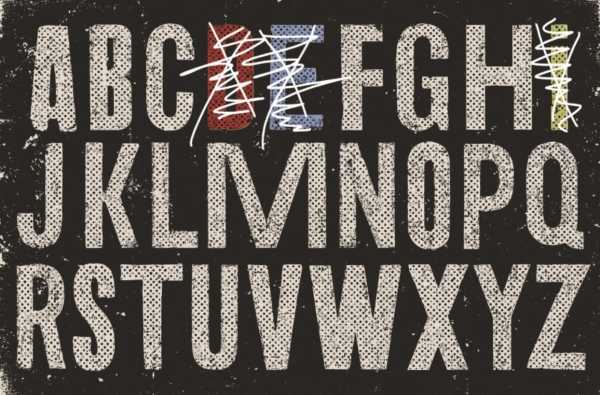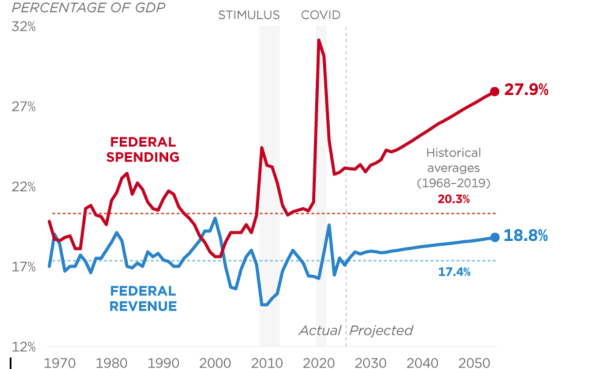Black History Month aims to educate and inform
February marks Black History Month, and members of the African-American affinity group are eager to find new ways to educate students about the history and impact of African-Americans in our society. Since Africans were first introduced to the Americas in 1619 by the Dutch, their descendants have gone on to populate 12.3% of the United States, form a rich history, and help shape the United States into the nation that it is today.
Westminster will celebrate Black History Month with an assembly as it does every year in the month of February. The upcoming assembly will be the first year that the event was planned and been able to coordinate the assembly. The celebration will also be unlike the assembly that was held last year, this year honing in on broader black history and culture through the media, especially music. With this assembly, students and teachers aim to educate students through a lens that many listeners can personally connect with so that they will stay interested in the assembly, and to show through this the importance of black history and culture being American history and culture and to improve listeners understanding of African American history.
“Black history and culture is American history and culture. The reason that it has and continues to be an important and special time for the country to pause and recognize the contributions and experiences of people of African descent in the United States is because of the gaping holes that remain in broader conversations about US history education in schools. We’re not consistently included!” said Equity Programs Coordinator Judy Osborne. With regard to curricula, the discussion of our history often begins and ends with enslavement, for example, with very little engagement with race and racism, individual and collective contributions, and related topics through a present day lens.”
One of the focuses of the Black History Month Assembly will be displaying that black culture and hardships are those that are also American culture and hardships because this is a concept that many Americans fail to observe.
“I don’t think that black history is really taught very much or effectively in our curriculum and I think it’s important to take this time during Black History Month to show our classmates facets of the American culture that they’ve never seen or heard about before,” said senior Mackenzi Stewart.
Efforts in communicating American history that includes African Americans have been around since the early 1900’s. Harvard-trained historian, Carter G. Woodson believed that it was necessary to educate and raise awareness about blacks numerous and steady aids to society in public schools around the nation. Woodson’s company, the Association for the Study of Negro Life and History (ASNLH), publicized Negro History Week in 1925. During the event’s early years, the focus was on encourage the focused teaching of the rich history of African-Americans in the nation’s public schools. The week long education and celebrating was placed in February 1926 in a specific week that housed the birthdays of Abraham Lincoln and Frederick Douglass, two pioneers in rights for blacks. The first ever Negro History Week was received with tepid praise, and managed to gain the backing from Departments of Education of the states of West Virginia, North Carolina, and Delaware, in addition to the the city school systems of Baltimore and Washington D.C. Although many Americans were appreciative of Woodson’s belief to educate students of black history and culture in public schools, many people also displayed contempt for the cause, as they were resistant to accept Woodson’s cause.
“”If a race has no history, it has no worthwhile tradition, it becomes a negligible factor in the thought of the world, and it stands in danger of being exterminated,” said Woodson in his reasoning for working to build the week.
Eventually, after more than 50 years later, the first proposition to enlarge Black History Month came from the Black United Students at Kent State University. One year after that, the first Black History Month was celebrated at the university. Over six years later, Black History was being celebrated for the month of February nationwide in black educational centers. Soon after, President Gerald Ford recognized the month of celebration and urged all Americans to take part in celebrating and teaching of the accomplishments of African Americans through time.
Students and teachers are working this year to make this assembly notably different from last year. After the assembly celebration last year, many students were visibly upset about the lack of black history that was actually touched on by the speaker and many black listeners felt represented accurately by the speaker. This started the campaign for a student led assembly, so that students could construct an assembly that they believed would actually connect with their peers.
“Last year was not a student led assembly, so this year we’re just trying to find more ways to make it [the assembly] engaging for everyone,” said Stewart. “Last year it was just a guy with his guitar who was talking about his music and it wasn’t really tied into broader black history at all. This year we’re really trying to find a more engaging way to talk about black history,” said Stewart.
The education and celebration of the assembly this year will be centered around the implications of hip hop and rap music on race on the nation as a whole. African-American artists dominate the majority of hip hop and rap music. The listeners, however, include people of a various ages and ethnic backgrounds. The popularity of these genres allow for them to be the starting point for reaching people and educating them about black culture because many listeners can personally connect with the music.
“We want people to think, Black History Month is a short month, we need to celebrate every day. We also need to give our community something to grab on to so that people that aren’t African American will feel connected with the celebrations as well,” said Lower School Visual and Design Arts teacher Kevin Soltau.
“The best and most tangible thing I can think of to build on Black Heritage Month is to continue to broaden the notion of what American History actually looks like and continue or start to tell these stories in our classrooms. American history is inclusive of all the races and ethnicities who’ve helped build and shape this place called America,” said Osborne. “It includes real and painful stories of Japanese Internment, black codes, lynching and mass incarceration, the fight for ethnic studies programs, women’s suffrage, migrant and Farm Worker Rights, LGBTQ rights… When a history isn’t complete, stereotypes and bias thrive.”
A theme echoed by many of the people working on formulating the Black History Month assembly is the need for the messages of the assembly to resonate with the students long after the assembly and month are over, into their daily lives.
“It is imperative that students and faculty understand that black history and culture is American history and culture,” said Soltau. “That’s one of the main messages that we are trying to communicate this year, and hopefully instill in our listeners, to have them to think about black culture and struggle in there everyday lives.”




